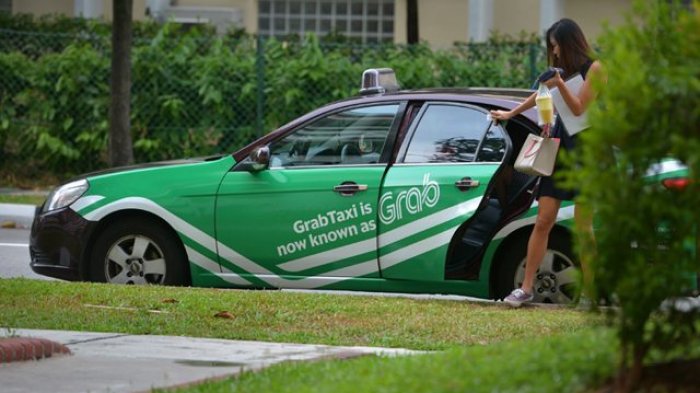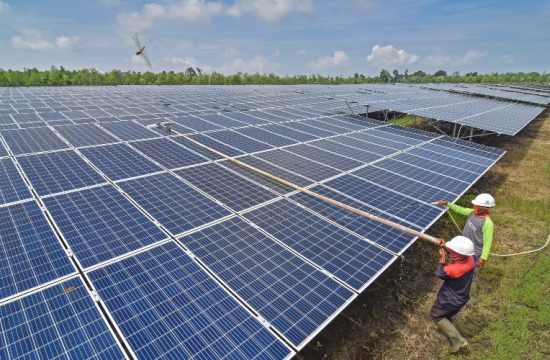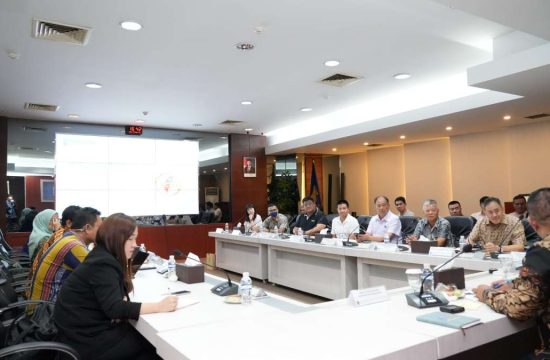The company Grab back the investment with the value reaching USD2 Billion (Rp 29 trillion) in initial funding for the quarter. Previously one of the manufacturer of the original vehicle giant Toyota Japan became one of the major companies in the world that infuse his investment in the Grab.
According to Grab investment funds will be used as a development and service 020 in Southeast Asia. But Grab in particular will do the addition and continuing investment in Indonesia that arguably has very good progress for service providers of transportation services on-demand.

Ming said Maa, President, Grab the current Indonesia could arguably be one of the potential market and the development of the rapidly growing service provider.
“Grab more than 7.1 million micro-entrepreneur on the trains, in which more than half are located in Indonesia,” imbuh Ming Maa.
GrabFood became one of the new services from the Grab the visible developments in Indonesia is so significant.
“GrabFood has grown exponentially this year, from Jakarta to serve the 28 towns and progressed to other cities throughout Indonesia, win significant market share with the Gross Merchandise Value (GMV) in Indonesia almost four times fold in the first half of the year 2018, “he added.
In addition to GrabFood other services try to keep optimized by Grab Grab Express is a service has achieved increased more than doubled beginning in 2018. And one of the Grab service has just been released in July yesterday i.e. GrabFresh service delivery that have already begun to operate even though the range is still in Jakarta.
See the development of rapid online Trasnportasi service sector, indeed Grab should continue to increase investment in Indonesia. One of the competitors Grab namely Gojek which is the host in Indonesia would continue to make innovation and impact to continue being able to take the market in Indonesia.
In addition to Indonesia’s market has indeed become one of the world’s Investment pros. With a range of government policies that did arguably accommodate the interests of both local and foreign investment.






